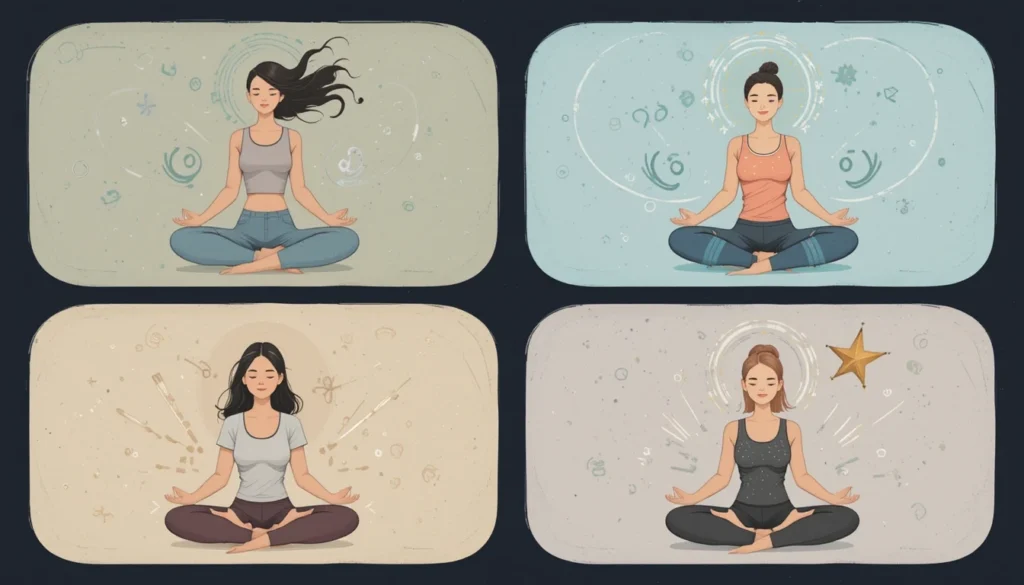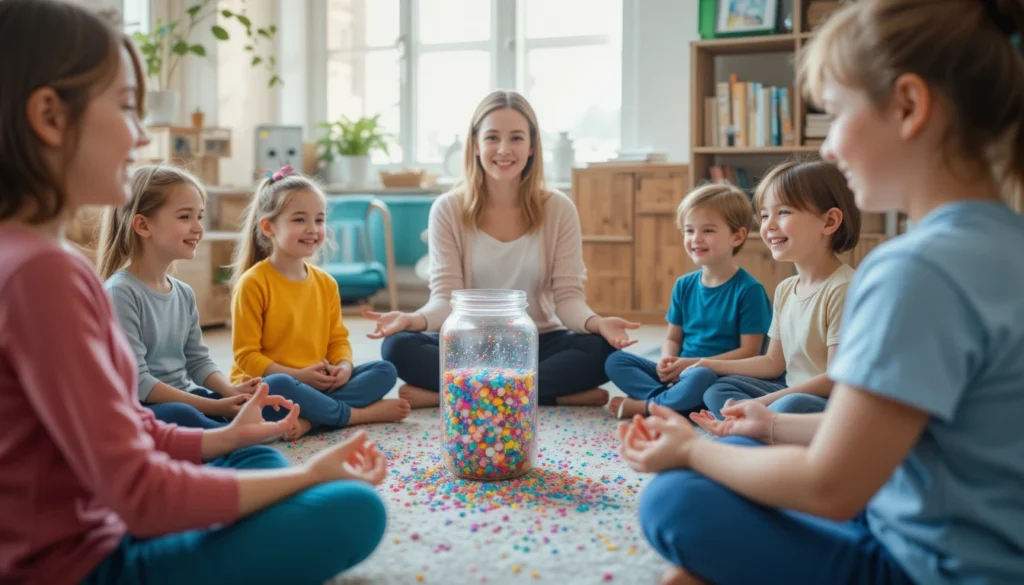Mindfulness is more than just a trendy buzzword—it is a transformative practice that starts with one powerful step: paying attention to the present moment. In today’s fast-paced world, where stress and distractions are constant companions, mindfulness offers a sanctuary for the mind and soul.
Introduction: Why Mindfulness Matters More Than Ever
Every day, we scroll endlessly, juggle multiple tasks, and often feel burned out. Sound familiar? That overwhelmed feeling isn’t just in your head. It’s real, and it’s harmful. Mindfulness acts as a reset button—helping us pause, breathe, and truly live each moment.
In this post, we’ll uncover everything about mindfulness: what it is, why it works, how to practice it, and how it can change your life.
What is Mindfulness?
Mindfulness is the act of focusing your attention on the present moment, intentionally and without judgment. It’s about being here, not stuck in the past or anxious about the future.
Originally rooted in Buddhist teachings over 2,500 years ago, modern mindfulness is now widely adopted in schools, hospitals, therapy, and corporate settings.
In a nutshell: Mindfulness helps you respond, not react.
“Mindfulness is the key to peace and clarity in a noisy world.”
How Mindfulness Works: Science Meets Soul
Brain-Based Benefits
Scientific studies have shown that mindfulness literally reshapes the brain. Key areas affected include:
| Brain Area | Effect of Mindfulness |
| Prefrontal Cortex | Boosts focus and decision-making |
| Amygdala | Reduces reactivity and anxiety |
| Hippocampus | Enhances memory retention |
Proven Benefits of Practicing Mindfulness
- Reduces symptoms of anxiety and depression
- Improves sleep quality
- Enhances emotional regulation
- Lowers blood pressure
- Strengthens the immune system
Core Elements of Mindfulness
1. Being Present
Most of us are physically here but mentally somewhere else. Mindfulness means fully engaging with now.
2. Non-Judgment
Observe your thoughts without labeling them. Thoughts are just thoughts—not facts.
3. Acceptance
Stop resisting what is. When we accept the present, we stop suffering and start living.

How to Practice Mindfulness: Simple, Daily Techniques
Mindful Breathing
Focus solely on your breath. Inhale. Exhale. Feel the air move.
Body Scan Meditation
Mentally scan your body from head to toe. Notice tension and gently release it.
Walking Meditation
Walk slowly, notice each step, and feel the ground beneath you.
Loving-Kindness Meditation
Send thoughts of love and kindness to yourself and others.
Starting Your Mindfulness Routine
Beginner’s Step-by-Step
- Choose a quiet spot
- Sit or lie comfortably
- Close your eyes
- Focus on your breath
- When distracted, return to your breath
Best Time to Practice
Morning sets the tone for the day, but any quiet moment works. Start with 5–10 minutes.
Ideal Environment
A calm, distraction-free space is essential. Even a cozy corner of your room works wonders.
Tools & Resources to Help You Stay Mindful
| Type | Recommendations |
| Apps | Headspace, Calm, Insight Timer |
| Podcasts | The Daily Meditation Podcast, Untangle |
| Books | The Miracle of Mindfulness by Thich Nhat Hanh, Radical Acceptance by Tara Brach |
Join local meditation groups or online communities like r/Meditation for shared accountability.
Mindfulness in Everyday Life
Mindful Eating
Chew slowly. Focus on flavors. Put down your phone.
At Work
Pause before responding to emails. Take breath breaks between meetings.
In Relationships
Listen actively. Speak intentionally. Be fully present.
Common Roadblocks (and How to Overcome Them)
| Challenge | Mindful Solution |
| Wandering mind | Acknowledge and gently return to the breath |
| Inconsistency | Tie practice to daily habits (e.g., brushing teeth) |
| Feeling silly | Embrace discomfort; it’s part of growth |
Advanced Mindfulness Practices
- Vipassana Meditation: 10-day silent retreat; intense and transformational
- Yoga Integration: Connect body movement with breath awareness
- Silent Observation: Spend a full day in silence to deepen inner clarity
Mindfulness for Mental and Emotional Health
- Stress and Anxiety: Mindfulness activates the parasympathetic nervous system
- Depression: Helps create space between thoughts and emotions
- Emotional Intelligence: Improves awareness, control, and empathy
Mindfulness and Physical Health
| Health Benefit | How Mindfulness Helps |
| Pain Management | Changes perception of pain |
| Better Sleep | Calms the mind before bed |
| Stronger Immunity | Reduces cortisol, boosts defense mechanisms |

Mindfulness for Kids and Teens
Why It Matters
Young minds benefit from focus, calm, and emotional literacy.
Kid-Friendly Practices
- Bubble Breathing
- Five Senses Game
- Glitter Jar Meditation
In Schools
Mindfulness programs improve behavior, attention, and test scores.
Debunking Common Myths
- “You need to empty your mind.” No, just observe without attachment.
- “It’s spiritual-only.” Mindfulness is for everyone, regardless of beliefs.
- “Results take years.” Even five minutes can make a difference.
How to Track Your Progress
- Daily Check-In: Ask yourself, “Was I present today?”
- Journaling: Log experiences, emotions, and changes
- Use Apps: Most mindfulness apps offer streaks, stats, and reflection prompts
Real-Life Uses of Mindfulness
| Area | Application |
| Work | Reducing burnout and increasing productivity |
| Parenting | Being calm and present with your children |
| Health | Managing chronic illness, pain, and fatigue |
| Creativity | Unlocking deeper flow states |
FAQs
1. Can I practice mindfulness without meditating?
Yes! Mindful walking, eating, or breathing during daily tasks all count.
2. How long before I see results?
Most people feel a difference in just a few sessions.
3. Is mindfulness religious?
Not in its modern form. It’s secular and inclusive.
4. Are kids too young to learn mindfulness?
Not at all. It helps them regulate emotions and focus.
5. Do I need a teacher?
Not necessarily, but guidance can deepen your journey.
Conclusion: One Breath Can Change Everything
Mindfulness isn’t about changing who you are—it’s about coming home to yourself. In just a few minutes a day, you can shift from chaos to calm, from reactivity to awareness. You don’t need a special room, expensive tools, or years of experience. All you need is your breath—and the intention to begin.
Start today. Be here now.



